The Trajan’s Column risked being dismantled and taken to Paris
The Trajan’s Column is a monument erected almost two thousand years ago in Rome to celebrate the conquest of Dacia (now Romania) by the Emperor Trajan. This is the first coclide column ever erected, one of the masterpieces of imperial art. During the French occupation it risked being dismantled and taken to Paris. Here because.
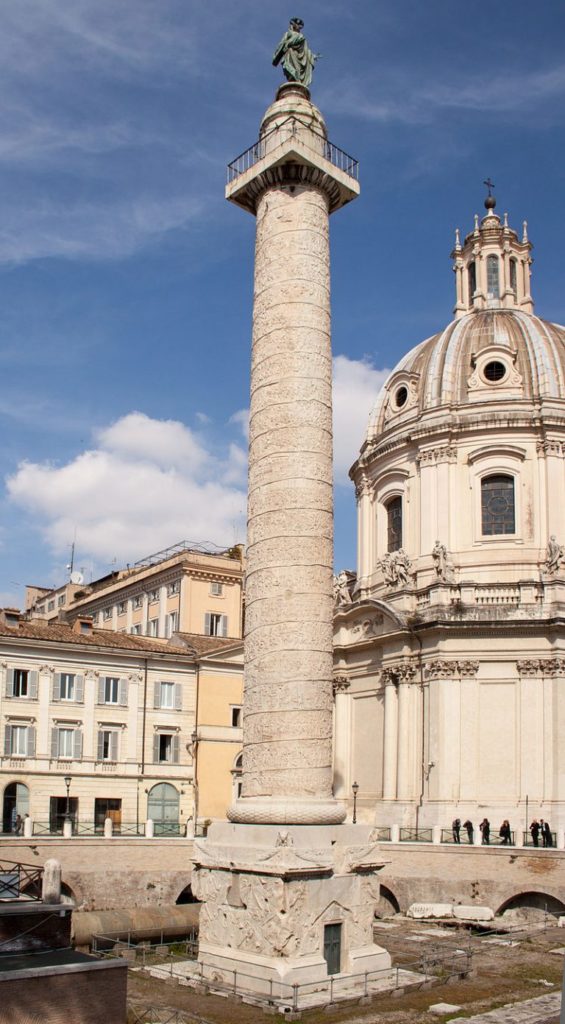
These were the intentions of Napoleon’s military leader in Rome, General François René Jean de Pommereul.
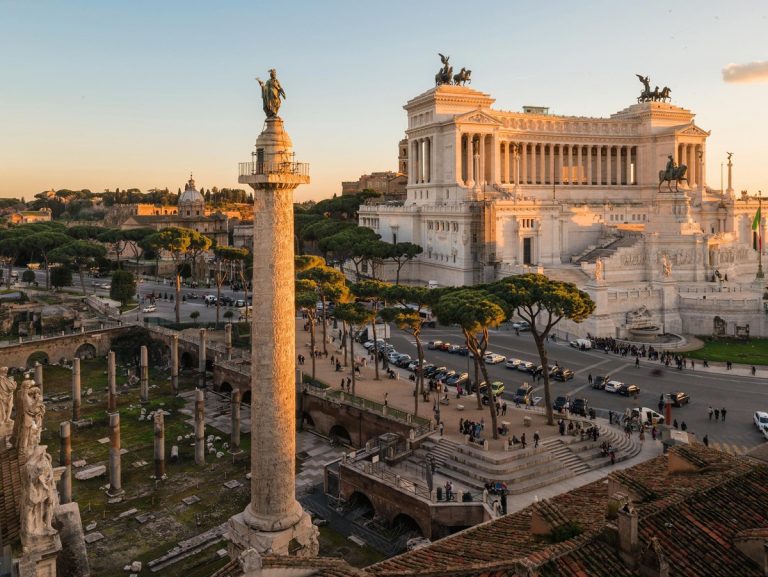
A proposal blocked by the very high transport costs and by the papal administrative obstacles that slowed down the process. The French then raised the Vendôme Column, erected in 1810 in Paris by Napoleon I after the Battle of Austerlitz in imitation of the one erected in Rome, in honor of Trajan.
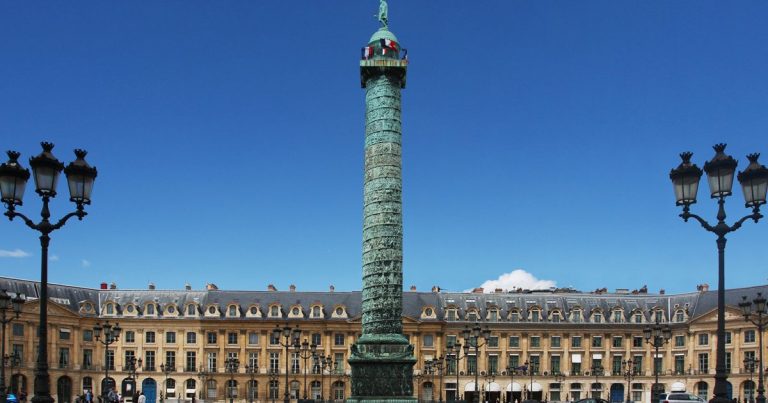
The column located in the Trajan’s Forum, in the northern position of the Roman Forum, was inaugurated in 113 and is formed by a long spiral-shaped frieze that winds, from bottom to top, on the entire shaft of the column and describes the wars of Dacia (101-106).
The frieze reminded everyone of Trajan’s exploits by celebrating him as a military commander in war.
The Column always remained standing even after the ruin of the other buildings: great importance was always attributed to it: a document dated 1162 established its public ownership and prohibited its damage.
In 1587 the bronze statue of San Pietro by Domenico Fontana was placed on the top of the shaft and a wall was erected.
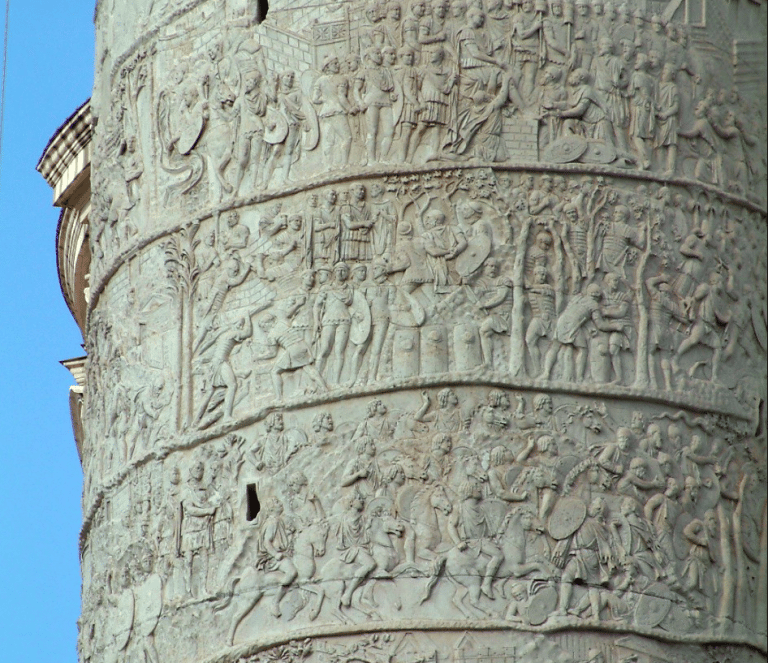
The column (in revisited Doric style) is 100 Roman feet high, that is, 29.78 meters, approximately 39.86 meters if you include the high pedestal at the base and the statue at the top.
The column is made up of 18 colossal blocks of Carrara marble, each of which weighs about 40 tons and has a diameter of 3.83 meters.
There are 17 drums, plus the base, the capital and the abacus. Originally a bronze statue of Trajan was placed on the top.
At the corners of the pedestal there are four eagles, holding up a laurel wreath. Below the epigraph is the door that leads to the cell inside the base, where the ashes of Trajan and his consort Plotina were placed and where a spiral staircase of 185 steps begins to reach the top, where in a Roman journey he climbed also Goethe. The staircase was illuminated by 43 loopholes at regular intervals, open on the frieze but not conceived at the time of construction.
The 200 meters of the continuous historiated frieze (which was polychrome with inserts of small bronze weapons, lost) is rolled around the shaft 23 times, as if it were a roll of papyrus or cloth, and bear about 100-150 scenes (a depending on how they are interspersed) animated by about 2500 figures. Not only are the battle scenes represented, but also the other moments of the Dacia campaign, represented with extreme minuteness in detail.
Inside the Trajan’s Column, as mentioned, there is a spiral staircase with 185 steps necessary to reach the top. At the top there is a terrace, with breathtaking views, which can accommodate up to 30 people. The great German scholar Goethe also went up on one of his Roman journeys.
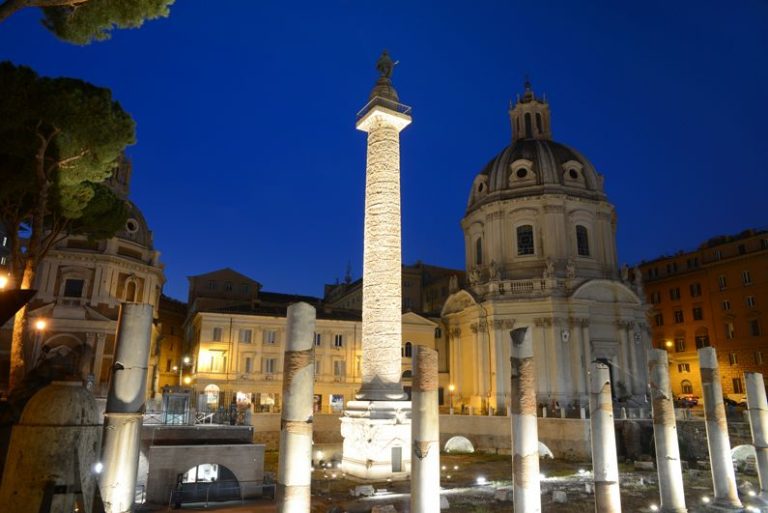
The Column always remained standing even after the ruin of the other buildings. In fact, great importance was always attributed to it: a document dated 1162 established its public ownership and prohibited its damage. The whole column weighs 1036 tons.

